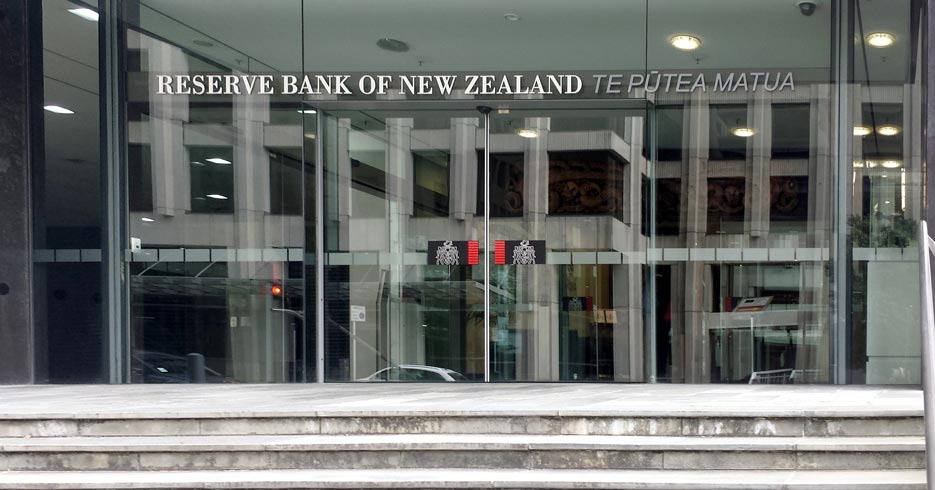The New Zealand Central Bank is steering a path quite different from the RBA with a move to lift bank capital to much higher levels, in the interests of protecting households and businesses in New Zealand.
The costs, they say, are worth the benefits! Indeed the recent IMF report on NZ endorsed their approach.
Australian Banks operating in New Zealand are resisting according to the AFR – “Australia’s banks would have to raise at least $NZ20 billion ($19.1 billion) to satisfy New Zealand capital requirements, leading the big four to threaten a rethink of their business models if the proposals get the green light”.
But of course banks in Australia need higher capital buffers despite what the local regulators may say. NZ is on the better path.
As part of this journey, the New Zealand Reserve Bank released submissions along with a Summary of Submissions (PDF 399 KB) on the latest consultation paper in its Capital Review, which proposes several measures to ensure a safer banking system for New Zealanders.

There was significant and wide-ranging media and public interest in the How much capital is enough? (PDF 545 KB) paper, with written feedback from 161 submitters. Feedback has also been received from analysts and other interested parties who did not make a formal submission.
“The Reserve Bank welcomes the large number of submissions on this consultation, as well as the effort and consideration that has gone into them,” Deputy Governor Geoff Bascand says. “We believe this shows how important this issue is for everyone, and we are pleased that a broader set of stakeholders has taken an interest in the Capital Review.”
In general, submitters support the Reserve Bank’s objective to ensure that New Zealand’s financial system is safe, acknowledging the economic and well-being impacts of banking crises. Many submitters, particularly from the general public, support the proposed higher capital requirements for banks. A number of submitters observe that higher capital requirements could lead to higher borrowing costs for New Zealanders. Some submitters, in particular banks and business groups, question whether the proposed increases are too large and too costly.
Central to the measures proposed in the consultation paper are increases in regulatory capital buffers for locally incorporated banks. The changes include requiring bank shareholders to increase their stake so that they absorb a greater share of losses should their bank fail, improving the quality of capital, and ensuring banks more accurately measure their risk.
Increasing the amount and quality of capital can be reasonably expected to mean that banks can survive all but the most exceptional shocks, Mr Bascand says. “We think the costs of doing so are outweighed by the benefits – someone’s cost is for society’s broader benefit.”
The Reserve Bank is also consulting on changes to the quality of capital, constraints on modelling capital requirements, and the implementation timeline.
It is continuing its stakeholder outreach programme, which includes conducting focus groups to understand the public’s risk appetite, and engagement with iwi, social sector and industry groups, financial institutions and investors. It has also engaged three external experts for an independent review of its proposals.
“The submissions on the proposals are just one part of the review,” Mr Bascand says. “All these inputs will help us to make robust and well-calibrated policies and decisions that best represent society’s interests.”
In this context, Mr Bascand welcomed reports by two key international financial institutions and a major rating agency last week that support the proposals to increase bank capital ratios.
Following its recent mission to New Zealand, the International Monetary Fund has released a Concluding Statement that highlights the need for strengthening bank capital levels and that the proposals appear commensurate with the systemic financial risks facing New Zealand. The Organisation for Economic Co-operation and Development’s latest Economic Survey of New Zealand expects increases in capital will likely have net benefits for New Zealand. And Standard and Poor’s says that the proposals should not have material impacts on overall credit availability.
The Capital Review began more than two years ago, when the Reserve Bank published an issues paper and opened the first of four public consultations. It will publish its response to the submissions alongside final decisions, expected in November 2019.
Implementation of any new rules will start from April next year. There will be a transition period of a number of years before banks are required to meet the new requirements
